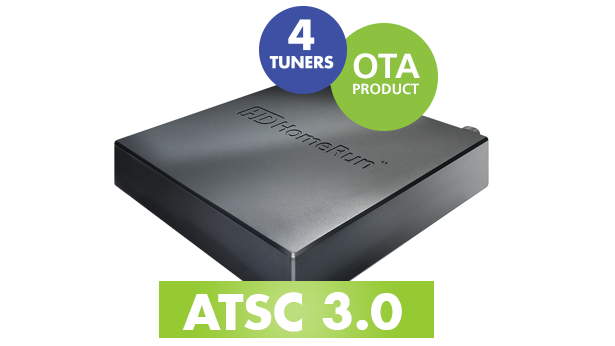SiliconDust Identifies ATSC 3.0 Security Authority as DRM Culprit in FCC Comments
The manufacturer submitted ex parte comments addressing Pearl TV’s assertions

WASHINGTON—SiliconDust, maker of the HDHomeRun CONNECT/FLEX 4K gateway, took aim at the ATSC 3 Security Authority (A3SA) in ex parte comments filed with the FCC today responding to last week’s filing from the Pearl TV business group that alleged the company’s use of a Huawei chipset is responsible for preventing consumers from using its device to view encrypted programming.
“In our opinion, the A3SA has put significant effort into making any form of ATSC 3.0 video gateway product (specifically) as untenable as possible,” the filing said. “Not one DRM-capable ATSC 3.0 gateway product has been approved by the A3SA.”
SiliconDust told the Federal Communications Commission its HDHomeRun CONNECT/FLEX 4K “is NextGen TV-certified” and meets all ATSC 3.0 requirements. Further, the company said in 2022 it was granted approval and a license from licensing authority Widevine “to decrypt DRM [digital rights management] protected content on the HDHomeRun hardware.”
The company received this approval after Widevine “verified the SoC [System on a Chip]” used by its product and the company’s “standing with the A3SA,” the company said. That SoC is the same chipset from HiSilicon, a wholly owned subsidiary of Huawei, that Pearl TV referred to in its ex parte comments.
SiliconDust’s comments also pointed out that it has received approval from the Digital Transmission Content Protection authority to “re-encrypt content using DTCP2,” which is the approach A3SA requires.
DTCP2 is a set of digital rights management technologies used to protect copyrighted audio and video content transmitted between devices or via a personal network.
“There was one problem however—no player devices existed in the U.S. market with DTCP2 support,” the filing said. Further, “the DTCP2 robustness rules do not allow installable apps to implement DTCP2.”
The professional video industry's #1 source for news, trends and product and tech information. Sign up below.
“This meant that our HDHomeRun video gateway could be 100% compliant with A3SA rules for protected channels, but no consumer could actually watch these protected channels,” the company said, adding that three years after this issue arose, it still is unaware of any player devices in the U.S. market with DTCP2 support.
According to the filing, AS3A has now implemented a different approach “where no decryption occurs in the gateway device.”
The company refrained from divulging specifics due to non-disclosure agreements but told the FCC that by the company’s reading “there is no pathway whereby a video gateway vendor could write an app for Roku, Xbox, Apple TV, iPhone, Windows or Mac supporting protected channels.”
“These are some of the most popular products people own and use with the HDHomeRun today,” it said.
SiliconDust also rejected Pearl TV’s assertion that the HiSilicon SoC used by the HDHomeRun is subject to prohibitions put in place by the Secure and Trusted Communications and Networks Act of 2019.
The chipset, manufactured under contract in Taiwan, does “not rise to the level of a final consumer product qualifying for the list” subject to restrictions, it told the commission, adding that the HDHomeRun does not enable consumers to originate high-quality telecommunications, a capability that must be present for inclusion on the list, it said.
The company’s comments drew a parallel between the ongoing HD HomeRun situation and the broadcast flag developed in the early days of DTV to prevent DVRs from recording content.
“There can be no doubt about the goal - the goal was to stop viewers using the DVR products they had purchased and were using to manage their TV. With DRM on ATSC 3.0 the “broadcast flag” is back. To be approved by the A3SA a set-top-box or video gateway vendor must obey the new broadcast flag that broadcast networks can demand stations leave set 24/7 to block all consumer purchased DVRs from recording,” the comments said.
A Peal TV spokesperson declined to comment.
Phil Kurz is a contributing editor to TV Tech. He has written about TV and video technology for more than 30 years and served as editor of three leading industry magazines. He earned a Bachelor of Journalism and a Master’s Degree in Journalism from the University of Missouri-Columbia School of Journalism.

